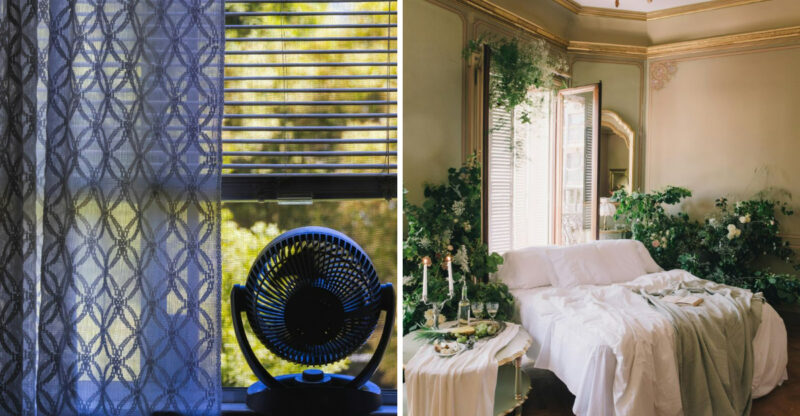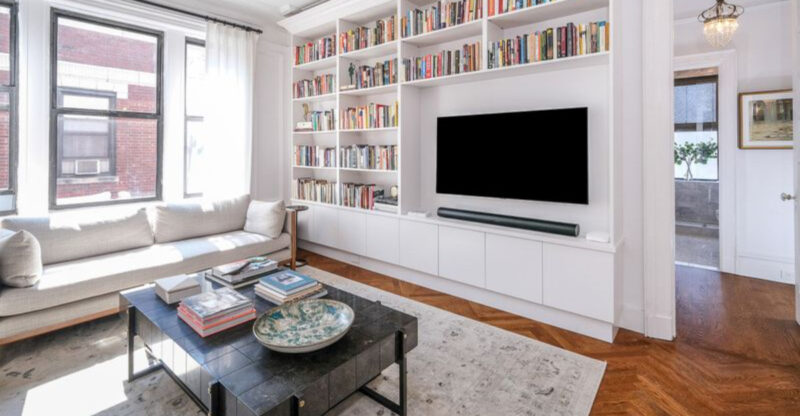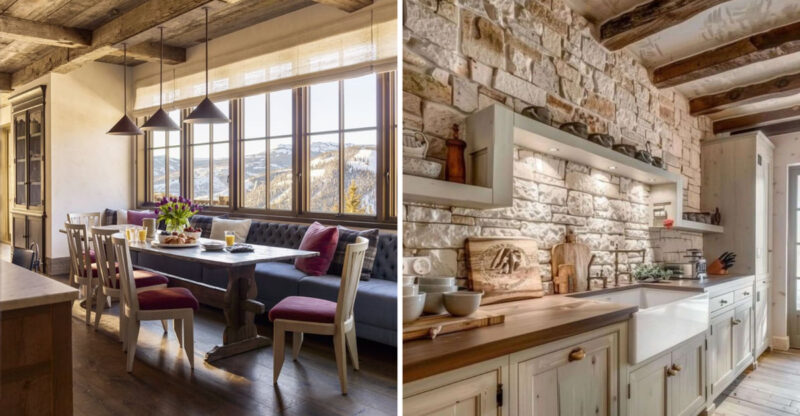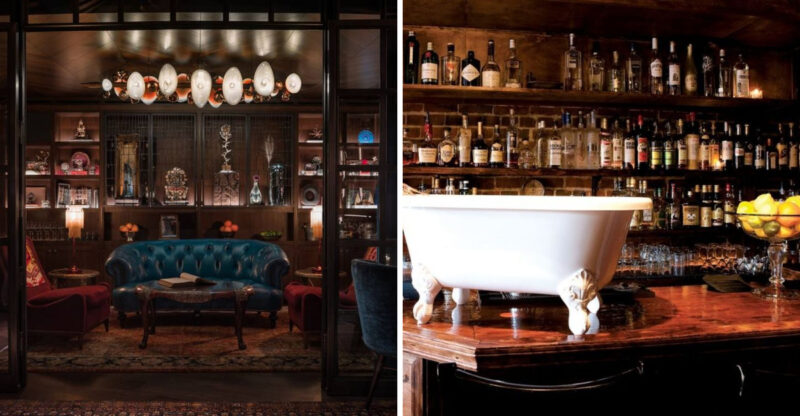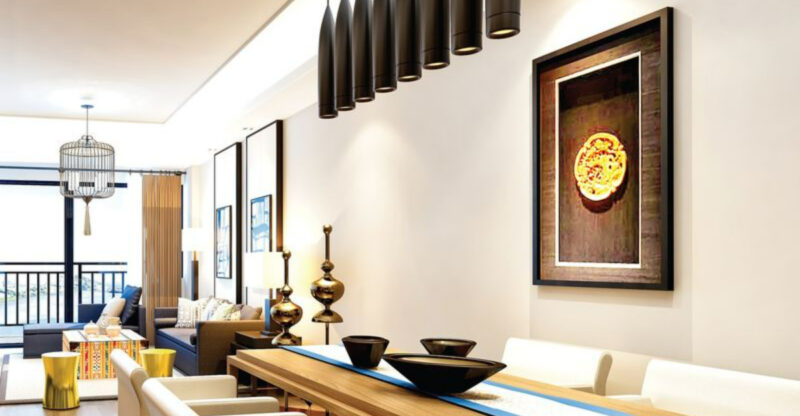10 Maryland Colonial Living Rooms With Original Details
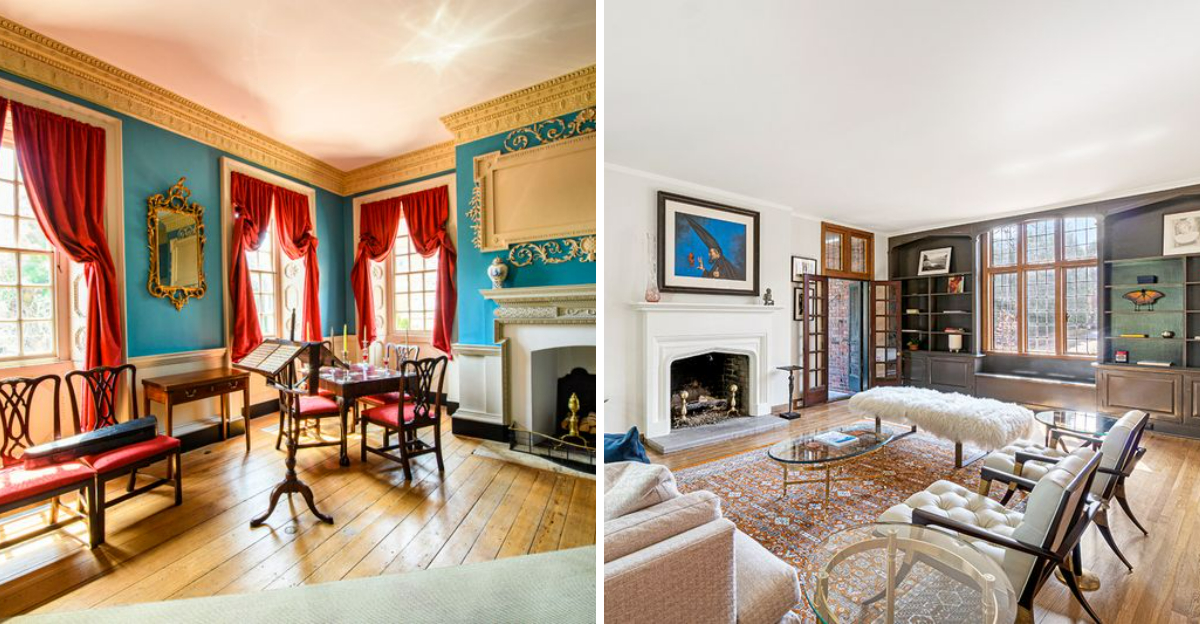
Maryland’s colonial homes are treasures of American history, with living rooms that tell stories from our nation’s early days. Walking into these spaces feels like stepping back in time, where every fireplace, molding, and floorboard has witnessed centuries of American life.
I’m excited to share these remarkable living rooms that have preserved their colonial charm through careful restoration and loving stewardship.
1. Hammond-Harwood House’s Elegant Parlor
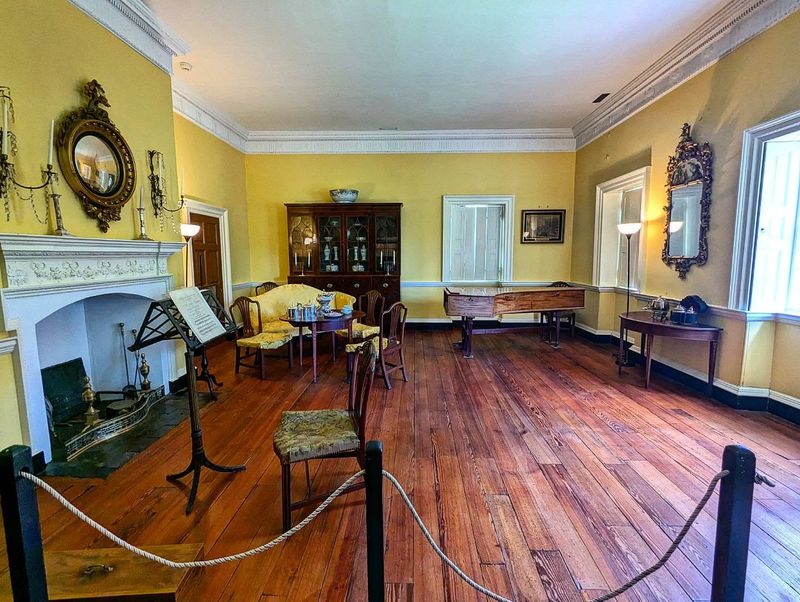
The moment you enter this Annapolis gem, you’re transported to 1774. Hand-carved woodwork frames the walls like delicate lace, while the original heart pine floors glow with a patina only centuries can create.
I love how the central fireplace features its original marble surround and mantel, adorned with period-appropriate brass candlesticks. The living room’s symmetrical design reflects perfect Georgian proportions that architects still study today.
2. Chase-Lloyd House’s Sunlit Drawing Room
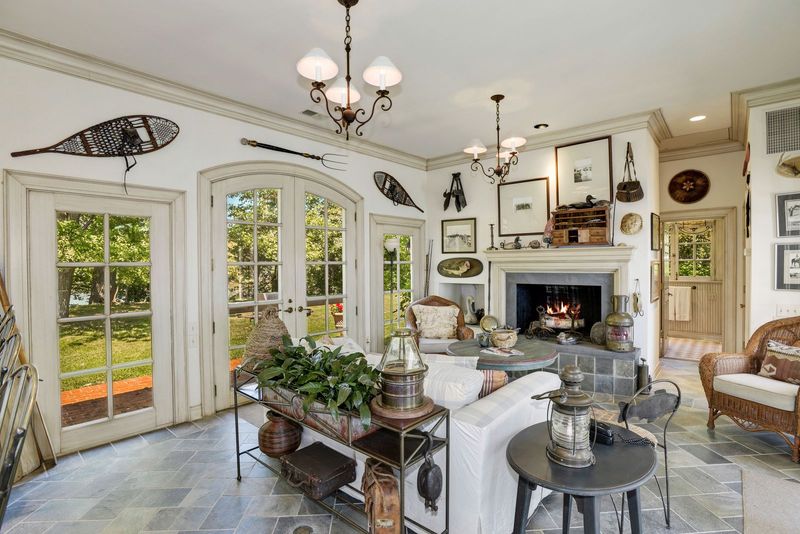
Sunlight streams through original wavy glass windows, casting dancing patterns across one of Annapolis’s most beautiful colonial interiors. Built in 1769, this living space boasts ceiling medallions that have remained untouched for over 250 years.
My favorite feature is the ornate crown molding that frames the ceiling with intricate patterns of acanthus leaves and egg-and-dart designs. The original wide-plank pine floors creak pleasantly underfoot, telling tales of countless gatherings of America’s founding generation.
3. Whitehall’s Grand Reception Room
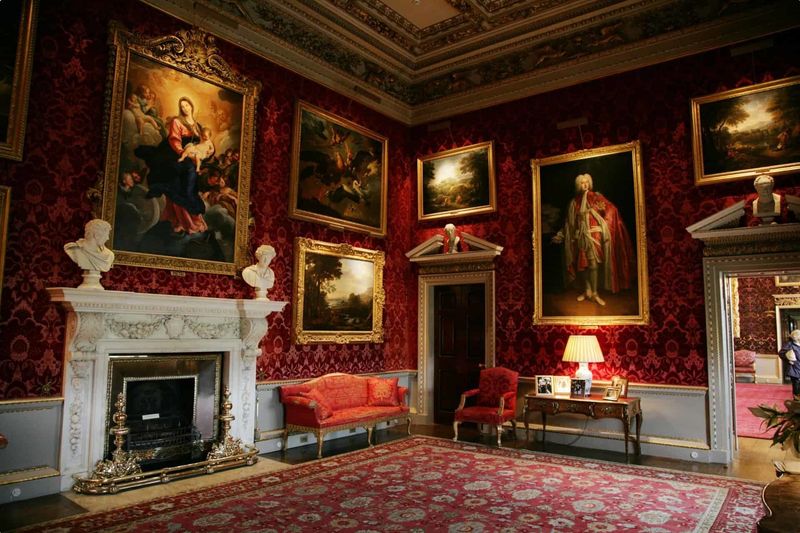
Governor Horatio Sharpe’s 1764 mansion features perhaps the most opulent colonial living room in Maryland. The ceiling soars to fourteen feet, crowned with original plasterwork medallions and cornices that showcase the finest craftsmanship of the period.
Walking across the herringbone-patterned hardwood floors feels special – they’re the same boards that once supported Thomas Jefferson during his visits. The room’s focal point remains its massive Palladian window, flooding the space with light while framing views of the Chesapeake Bay exactly as it did 250 years ago.
4. William Paca House’s Cozy Fireside Nook
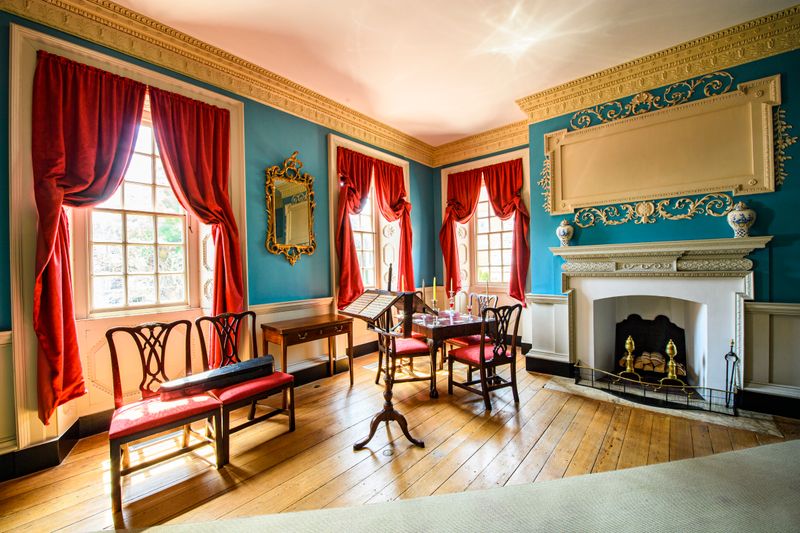
Unlike grander colonial showpieces, this intimate living area in the signer’s Annapolis home reveals how colonial families actually gathered. The modest dimensions feel wonderfully snug, especially with the original brick fireplace still bearing its hand-forged iron cooking hooks.
Running my hand along the chair rail reveals centuries of subtle wear. The windows retain their original muntins and some panes of crown glass that distort views of the garden just as they did in Paca’s day. Yellow pine wainscoting wraps around the lower walls, providing both beauty and practical protection in this well-used family space.
5. Sotterley Plantation’s River-View Parlor
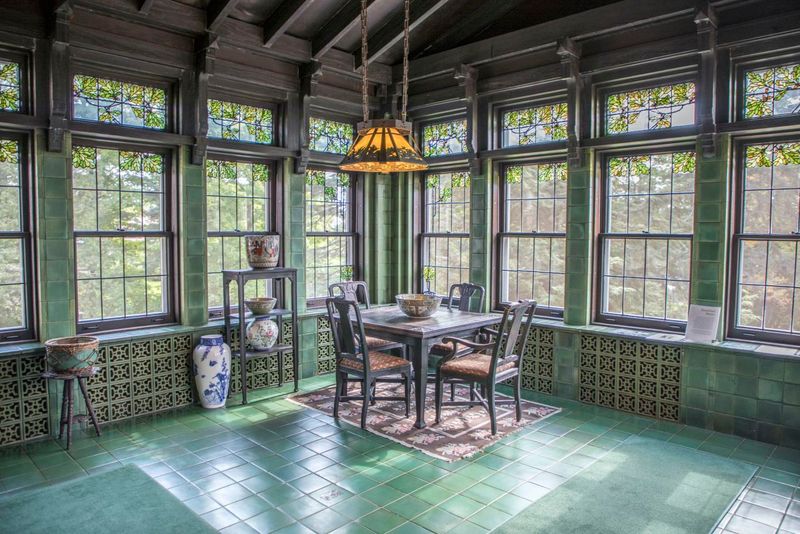
Perched above the Patuxent River, this 1703 living room offers one of Maryland’s oldest authentic colonial interiors. The heart-stopping feature is its completely intact paneling – quarter-sawn oak boards that have never been removed or replaced since installation by colonial craftsmen.
The room’s proportions follow perfect Georgian symmetry, with identical windows flanking a central fireplace. Look up to spot original exposed ceiling beams, hand-hewn from local timber and secured with wooden pegs rather than nails. The wide-plank floor boards measure an astonishing 16 inches across – a testament to the virgin forests once covering Maryland.
6. Montpelier’s Vibrant Painted Chamber
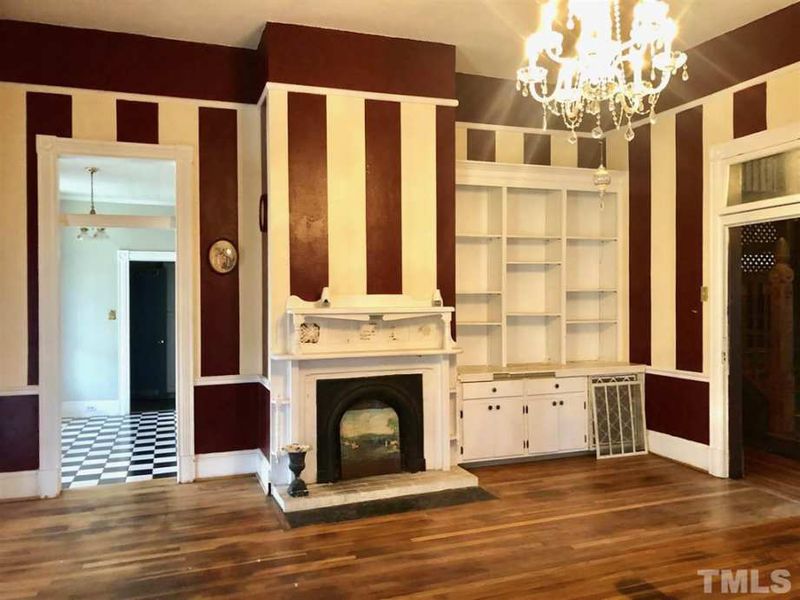
The Snowden family’s 1780s Prince George’s County estate breaks the mold of typical colonial interiors. Careful restoration revealed the living room’s original paint – a bold Prussian blue that would have been extraordinarily expensive in colonial times.
The fireplace surround features hand-painted delft tiles imported from Holland, each depicting different maritime scenes. Original window seats tucked into deep-set windows offer charming spots to read or sew. What fascinates me most is the hand-stenciled border near the ceiling – a pattern of intertwined vines and flowers that’s been meticulously restored based on fragments found during renovation.
7. Mount Clare’s Mahogany-Paneled Library
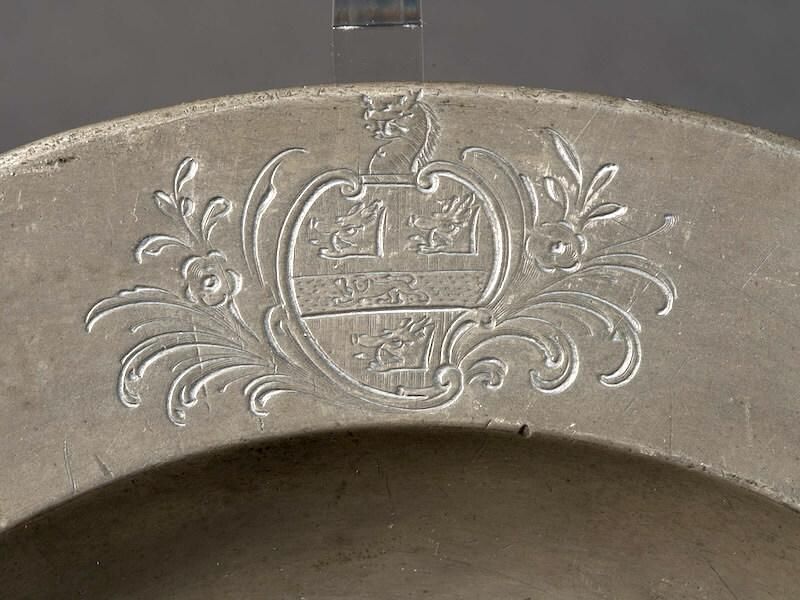
Baltimore’s oldest colonial mansion houses this extraordinary living space where George Washington once relaxed. The room’s showstopper is its floor-to-ceiling mahogany paneling, imported from the West Indies at enormous expense in the 1760s.
Original built-in bookcases with glass doors still protect leather-bound volumes collected by the Carroll family. The marble fireplace surround was carved in England and shipped across the Atlantic specifically for this room. My favorite detail is the secret panel beside the fireplace that, when pressed, reveals a small hidden compartment where valuables were once concealed from potential thieves or British soldiers.
8. Hampton’s Neoclassical Entertaining Space
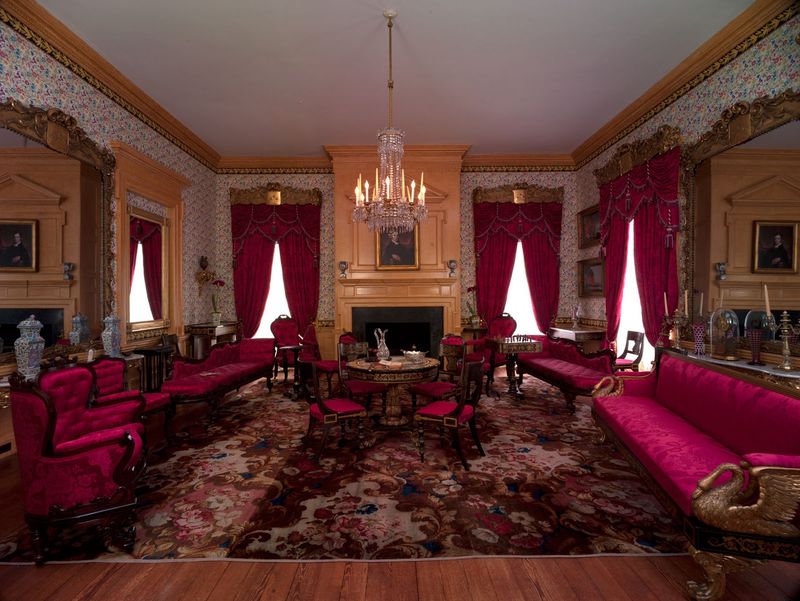
The Ridgely family’s magnificent Towson estate represents the transition from colonial to Federal style. Their grand living room features original plaster ceiling medallions from which hang crystal chandeliers that have illuminated gatherings since 1790.
The focal point is undoubtedly the carved marble fireplace imported from Italy – an extravagance that showcased the family’s immense wealth. Original French wallpaper still adorns the walls, its hand-painted scenes of mythological figures remarkably preserved. The parquet floors create geometric patterns underfoot, with different wood species creating subtle color variations that catch the eye.
9. Beall-Dawson House’s Practical Family Room
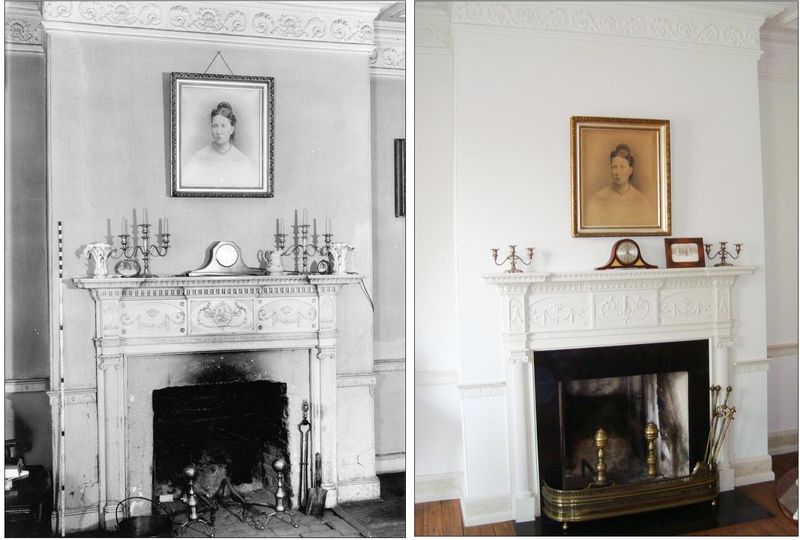
This 1815 Rockville home reveals how colonial design persisted well into the early republic. The living room’s standout feature is its remarkably intact woodwork, including six-panel doors with original brass hardware and elaborate crown molding hand-carved by local craftsmen.
The corner fireplace design was an innovation for heat efficiency, featuring its original brick surround and wooden mantel. I’m particularly fond of the built-in window seats that open to reveal storage compartments inside. The plaster walls still show the characteristic slight undulations of hand-application, a textural detail lost in modern construction.
10. Tudor Hall’s Writer’s Retreat
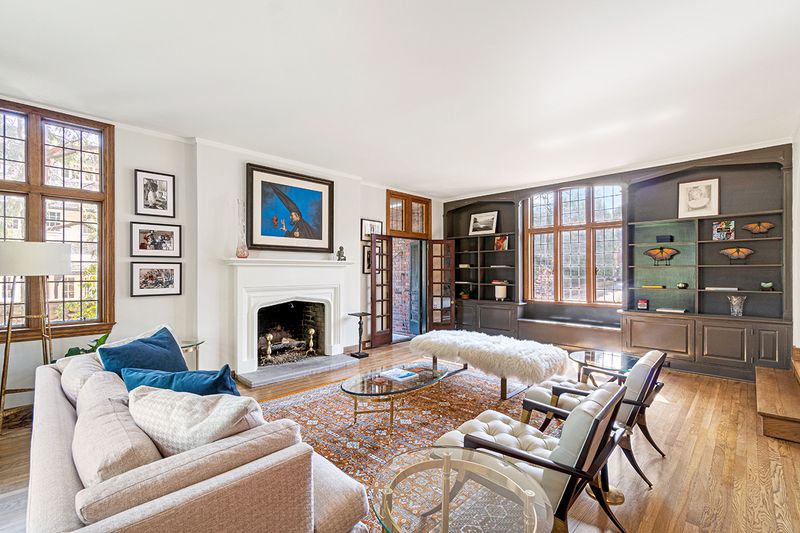
The childhood home of John Wilkes Booth preserves a living room frozen in the late colonial period. Exposed ceiling beams cross overhead, their rough-hewn surfaces and adze marks still visible after two centuries.
The room’s diamond-paned windows are original to the 1817 construction, creating distinctive shadow patterns across the wide-plank floors. A built-in corner cupboard displays family china that has remained in place since the Booth family’s occupancy. Most remarkable is the original paint – a warm butternut color made from natural pigments mixed with milk – still visible on sections of the wainscoting.

